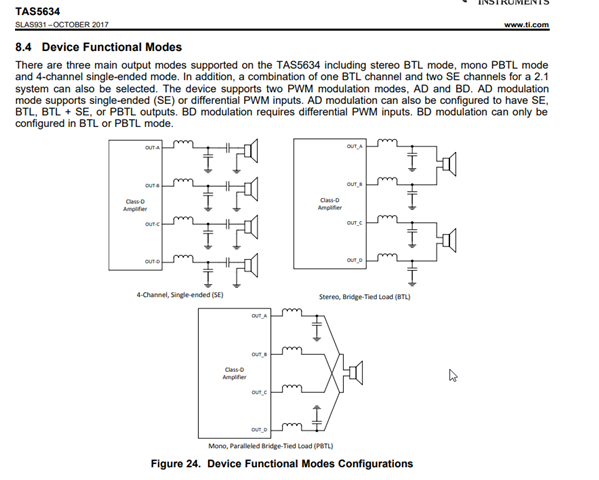Other Parts Discussed in Thread: TPA3255, TAS5634, INA253
Tool/software:
We would like to evaluate TPA3255 or TAS5634 to drive a DC voice coil motor, and inline current measure is selected. For TAS5634, PWM frequency is set to 500KHz. Which difference amplifier should I use for inline measurement use TPA3255 or TAS5634? Do I need PWM rejection for such class-D audio amplifier?



